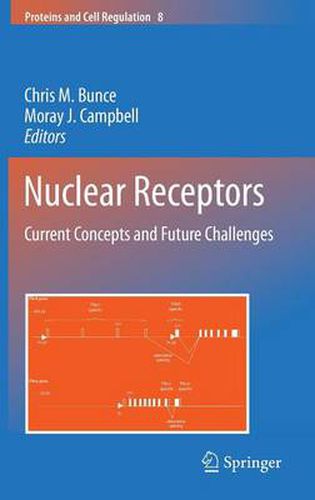Readings Newsletter
Become a Readings Member to make your shopping experience even easier.
Sign in or sign up for free!
You’re not far away from qualifying for FREE standard shipping within Australia
You’ve qualified for FREE standard shipping within Australia
The cart is loading…






This title is printed to order. This book may have been self-published. If so, we cannot guarantee the quality of the content. In the main most books will have gone through the editing process however some may not. We therefore suggest that you be aware of this before ordering this book. If in doubt check either the author or publisher’s details as we are unable to accept any returns unless they are faulty. Please contact us if you have any questions.
In 1890 a case of myxedema was treated in Lisbon by the implantation of a sheep thyroid gland with the immediate improvement in the patient’s condition. A few years later, medications for the then ill-explained condition of the menopause included tablets made from cow ovaries. In the first quarter of the 20th century the identification of vitamin D, and its sunlight driven production in skin, paved the way to the elimination of rickets as a major medical problem. Twenty years or so later, Sir Vincent Wigglesworth established the endocrine basis of developmental moulting in insects, arguably the most commonly performed animal behaviour on Planet Earth. A paradigm that would unify these disparate observations arose between 1985 and 1987 beginning with the identification of the glucocorticoid receptor and the nuclear receptor super-family. What follows is a timely and positive manifestation of the capacity, productivity and value of international human scientific endeavour. Based on intrigue, lively competition and cooperation a global effort has rapidly fostered a school of biology with widespread ramifications for the understanding of metazoan animals, the human condition and the state of the planet. This book is the first this century to try and capture the spirit of this endeavour, to depict where the field is now and to identify some of the challenges and opportunities for the future.
$9.00 standard shipping within Australia
FREE standard shipping within Australia for orders over $100.00
Express & International shipping calculated at checkout
This title is printed to order. This book may have been self-published. If so, we cannot guarantee the quality of the content. In the main most books will have gone through the editing process however some may not. We therefore suggest that you be aware of this before ordering this book. If in doubt check either the author or publisher’s details as we are unable to accept any returns unless they are faulty. Please contact us if you have any questions.
In 1890 a case of myxedema was treated in Lisbon by the implantation of a sheep thyroid gland with the immediate improvement in the patient’s condition. A few years later, medications for the then ill-explained condition of the menopause included tablets made from cow ovaries. In the first quarter of the 20th century the identification of vitamin D, and its sunlight driven production in skin, paved the way to the elimination of rickets as a major medical problem. Twenty years or so later, Sir Vincent Wigglesworth established the endocrine basis of developmental moulting in insects, arguably the most commonly performed animal behaviour on Planet Earth. A paradigm that would unify these disparate observations arose between 1985 and 1987 beginning with the identification of the glucocorticoid receptor and the nuclear receptor super-family. What follows is a timely and positive manifestation of the capacity, productivity and value of international human scientific endeavour. Based on intrigue, lively competition and cooperation a global effort has rapidly fostered a school of biology with widespread ramifications for the understanding of metazoan animals, the human condition and the state of the planet. This book is the first this century to try and capture the spirit of this endeavour, to depict where the field is now and to identify some of the challenges and opportunities for the future.